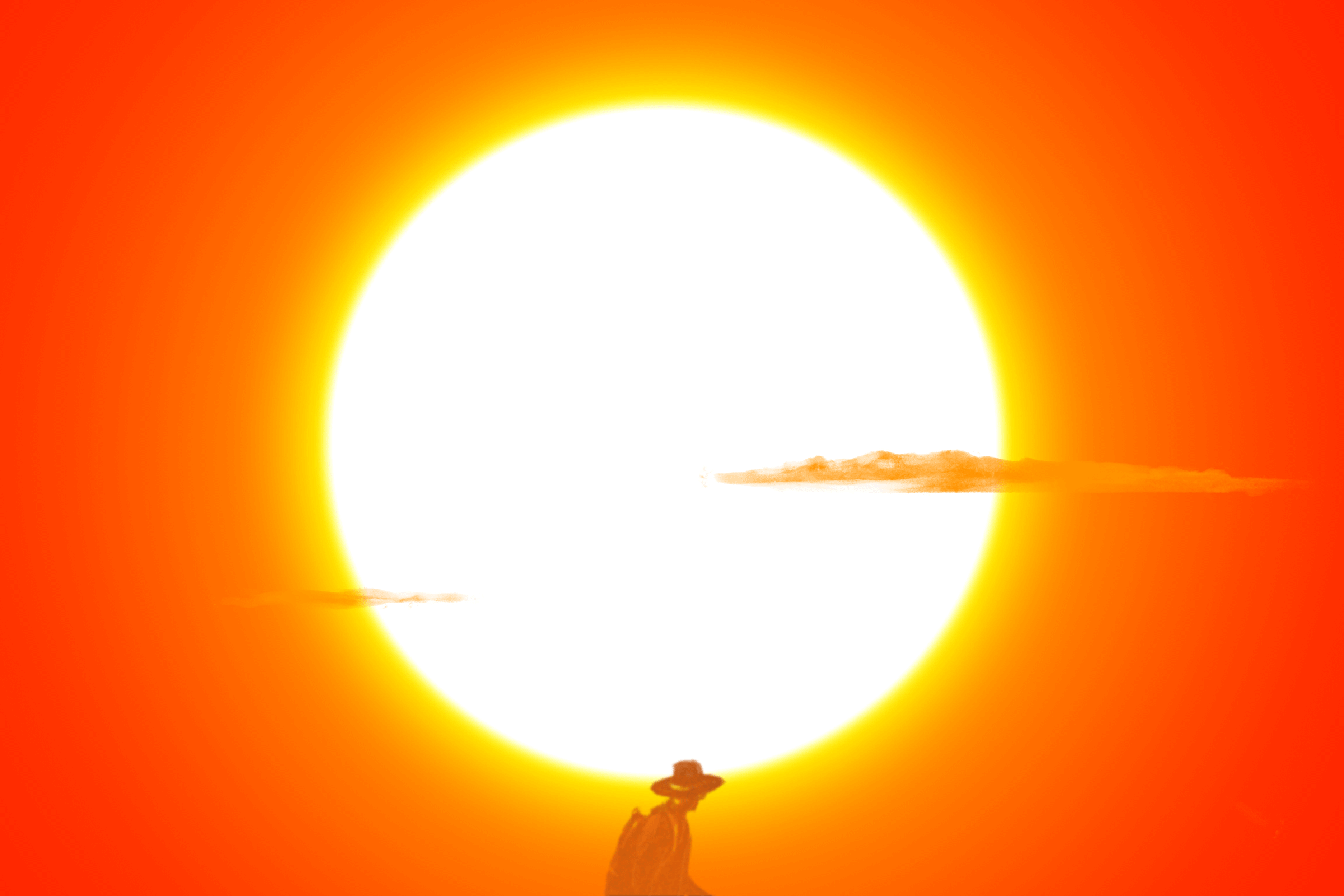Derring-Do and Fallibility of Little-Known Volcano Geologists
- Share via
“Volcano Cowboys” is an extraordinarily intriguing look, by Dick Thompson, a veteran Time magazine reporter, at how volcanologists from the U.S. Geological Survey and a few other scientists outside the Survey coped with three of the world’s major volcanic emergencies of the past 20 years.
The eruptions of Mt. St. Helens in Washington state in 1980 and of Mt. Pinatubo in the Philippines in 1991, and the catastrophic mudflow, known as a lahar, from the Nevado del Ruiz volcano that killed 21,000 people in Armero, Colombia, one night in 1985, all tested the mettle, judgment and expertise of a traditionally underfunded branch of the U.S. government.
At Mt. St. Helens, where scientists dealt with an explosive eruption unparalleled in the history of the United States, the results of the Survey’s efforts were mixed. Scientists gave warnings, but they did not foresee the full amplitude of an eruption that blew off the top 1,300 feet of the 9,600-foot mountain and killed, along with 56 other persons, a young Survey scientist, David Johnston.
At Armero, the Survey failed to arrive on the scene soon enough--partly for political reasons--to prevent the tremendous loss of life. But the failure there encouraged the Survey to intervene earlier and more effectively at Pinatubo six years later. As in some other scientific matters, only the United States seems to have the resources and the will to make this effort.
At Pinatubo, a team from the Geological Survey was able, through a shoestring monitoring operation on the scene, to give clear warnings of what turned out to be the second most powerful eruption of the 20th century. This allowed the timely evacuation of then-U.S. controlled Clark Field and surrounding communities, and kept the death toll to about 200.
As the author demonstrates in these case histories, volcanology remains an infant science. Only now are scientists beginning to understand the intricacies of volcanic processes. It does not help, either, that volcanoes vary, and that at the same volcano, periodic eruptions may also vary sharply. Another critical challenge, demonstrated in each of these emergencies, is resistance on the part of often unwary and uninformed local authorities and residents to reasonable warnings. Accordingly, as Dick Thompson remarks, the scientists are nearly always “trying to walk a line that all volcanologists find difficult, between appropriate alarm and thoughtful restraint” in conveying their warnings.
Thompson does an outstanding job of demonstrating the lack of knowledge, uncertain conclusions and rivalries among scientists, as well as fiscal and other handicaps that sometimes keep the Survey from being able to avoid disaster.
In one poignant instance, Donal Mullineaux, one of the Survey scientists who two years before had written that Mt. St. Helens was a dangerous volcano that might erupt before the end of the century, failed to gauge anywhere near how big the eruption of May 18, 1980, would be.
Mullineaux tried to warn colleagues and outsiders at the very beginning of the eruptive cycle that St. Helens, unlike the relatively well-mannered volcanoes of the Hawaiian islands, was capable of horrendous explosions. But, then, his worst-case scenario was well short of what did occur.
It was an outsider retained by the Survey, Pennsylvania State University landslide expert Barry Voight who did give a more accurate warning that a bulge that had grown in the mountain could fail, an event that would trigger a massive landslide and uncork a huge eruption of magma moving up from below. Unfortunately, many felt Voight’s presentation was tactless, and his final report was not well circulated.
One result of all the miscalculations, and there were many by various people, was the death of Johnston, whose observation post was placed too close to the blast on that fatal morning.
The book also contains a useful chapter on the situation at Mammoth Lakes, Calif., where Survey scientists thought an eruption might be in the offing in the early 1980s. The failure of Mammoth Lakes to erupt shows why caution is mandated in such situations, even as the Survey struggles to give adequate warnings.
One small quibble: For a book filled with such wonderful reporting, its title is unfortunate. Given the seriousness of the subject and Thompson’s treatment of it, “Volcano Cowboys” sensationalizes, even trivializes, a subject that warrants our full attention.
More to Read
Sign up for Essential California
The most important California stories and recommendations in your inbox every morning.
You may occasionally receive promotional content from the Los Angeles Times.













